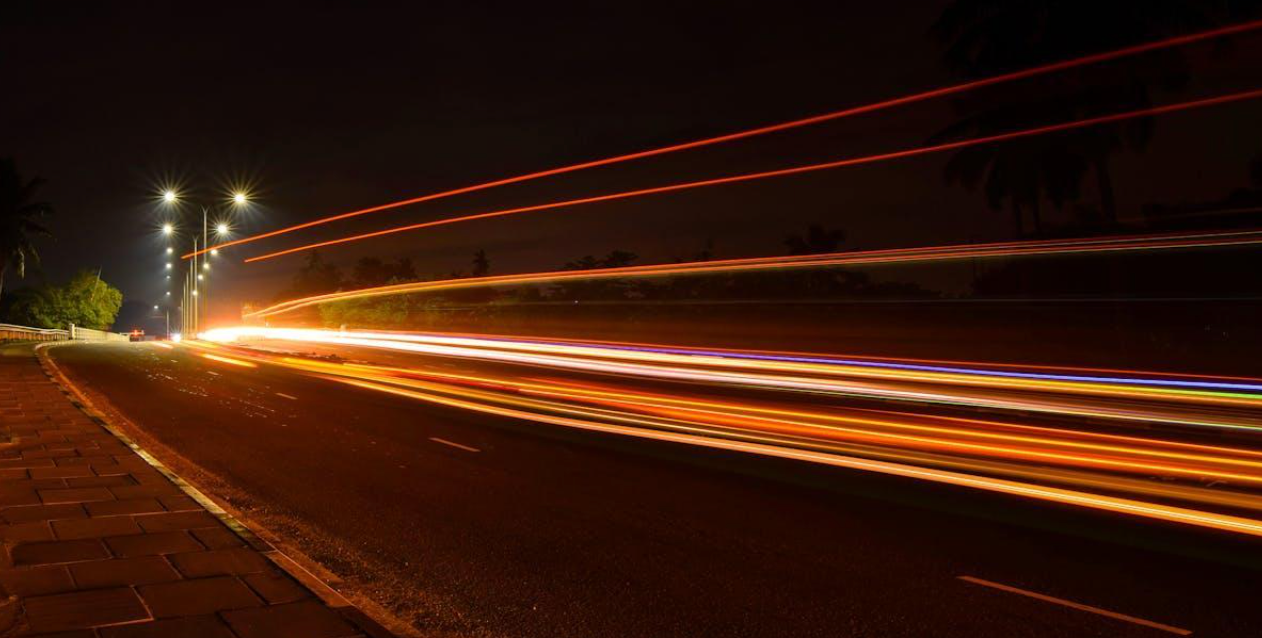How Urban Landscapes Tell Stories Through Time-Lapse Photography: A Visual Journey

Urban landscapes are a canvas of stories waiting to be unveiled. Through the lens of time-lapse photography, we can capture the essence of these vibrant environments as they evolve and transform. Each frame reveals the rhythm of city life, showcasing the interplay between architecture, nature, and human activity. Much like how a grill cleaner can reveal the shine beneath layers of use, time-lapse strips away the static view and uncovers the hidden beauty of motion and change in our surroundings.
As we explore how time-lapse photography breathes life into urban narratives, we’ll discover the profound impact it has on our understanding of city dynamics. By compressing hours, days, or even years into a few captivating moments, we gain a unique perspective on the passage of time. And just as a smoke odor eliminator refreshes a space and makes it feel renewed, this art form reinvigorates our perception of cities, clearing away the ordinary and allowing us to see the extraordinary.
Join us as we delve into this fascinating intersection of art and storytelling, where every image speaks volumes about the ever-changing landscapes we inhabit.
How Urban Landscapes Tell Stories Through Time-Lapse Photography
Urban landscapes portray stories through their transformation captured in time-lapse photography. Time-lapse photography emphasizes the rapid changes within city environments. It shows the progression of construction projects, seasonal shifts, and pedestrian activity to convey the city’s vibrancy.
Capturing Movement and Change
Movement showcases urban life’s energy. Time-lapse photography reveals how people navigate spaces, vehicles traverse streets, and nature interacts with architecture. It condenses hours or days into seconds, allowing us to see patterns and rhythms previously unnoticed.
Documenting Evolution
Evolution highlights the development and decay of urban settings. Time-lapse sequences illustrate a neighborhood’s transformation over the years, displaying new constructions alongside the wear of older buildings. By presenting these changes, we grasp cities’ histories, aspirations, and occasional challenges.
Revealing Interactions
Interactions between urban elements create compelling narratives. Time-lapse photography encapsulates the harmony or tension between nature and urbanization, such as trees standing tall next to skyscrapers or parks bustling with city dwellers. Each frame narrates the coexistence of human activity and environmental elements.
Enhancing Our Perspective
Perspective shifts through the unique lens of time-lapse. We comprehend the scale of urban environments while appreciating their intricacies. The technique opens our eyes to the unnoticed details, whether the shadows cast by towering structures or the fleeting moments of daily life.
Evoking Emotion
Emotion resonates in the captured scenes. Time-lapse photography evokes a sense of nostalgia, awe, or even urgency. Each story infused with color, light, and motion invites us to reflect on our experience in urban spaces, forging connections through visual storytelling.
The Art of Time-Lapse Photography
Photo by Jesus Audon hialgo on Unsplash
Time-lapse photography captures the essence of urban landscapes, transforming hours or days into captivating visual stories. By compressing time, this technique highlights the vibrant interactions within city environments.
Techniques and Equipment
We utilize several techniques and specific equipment to achieve stunning time-lapse photography. First, we use intervalometers that automate the shooting process without manual intervention. Second, we select high-quality DSLR or mirrorless cameras for their superior image quality. Third, we stabilize our shots with tripods or sliders, ensuring smooth transitions. We also consider lens selection; wide-angle lenses capture expansive urban vistas, while telephoto lenses highlight intricate details. Finally, we often edit our sequences using software like Adobe Premiere Pro or After Effects, allowing us to enhance the final output effectively.
Choosing the Right Location
Choosing the right location plays a crucial role in creating impactful time-lapse sequences. Urban settings with dynamic elements, such as bustling streets or construction sites, offer rich storytelling opportunities. We often scout areas with varying light conditions, as this adds depth and interest to our shots. Proximity to iconic landmarks enhances the visual narrative, drawing viewers into the urban experience. Additionally, considering the time of day significantly influences the overall mood; golden hour provides flattering light while night scenes bring a different energy. Ultimately, strategic location selection forms the foundation of a compelling time-lapse story.
The Narrative Power of Urban Landscapes
Urban landscapes serve as dynamic backdrops, telling stories of change and evolution through time-lapse photography. This technique allows us to capture the essence of these transformations, illustrating the intricacies of urban life.
Capturing Change Over Time
Capturing the transformation of urban settings through time-lapse photography enables us to document various stages of development and decay. We see construction projects rise and aged structures fade, emphasizing the rapid evolution within cities. Our time-lapse sequences can reveal seasonal shifts, such as foliage blooming in spring or streets bustling during summer, highlighting the interplay between human activity and the natural environment. By compressing hours or days into seconds, we effectively present a visual narrative that captures the rhythm of urban life, underscoring its impermanence.
Emotional Resonance in Urban Settings
We evoke powerful emotions through time-lapse photography by showcasing the contrasts within urban landscapes. Our visuals can highlight the beauty of nature alongside stark urbanization or represent the solitude felt in bustling city centers. This emotional resonance makes viewers reflect on their experiences, as each frame narrates personal stories tied to specific locations. Our imagery captures fleeting moments, such as sunset glinting off skyscrapers or the quiet aftermath of nighttime activities, invoking nostalgia and a sense of belonging. This connection shapes our understanding of urban spaces and emphasizes the significance of their ongoing narratives. For more insights on the power of photography, check out National Geographic.



